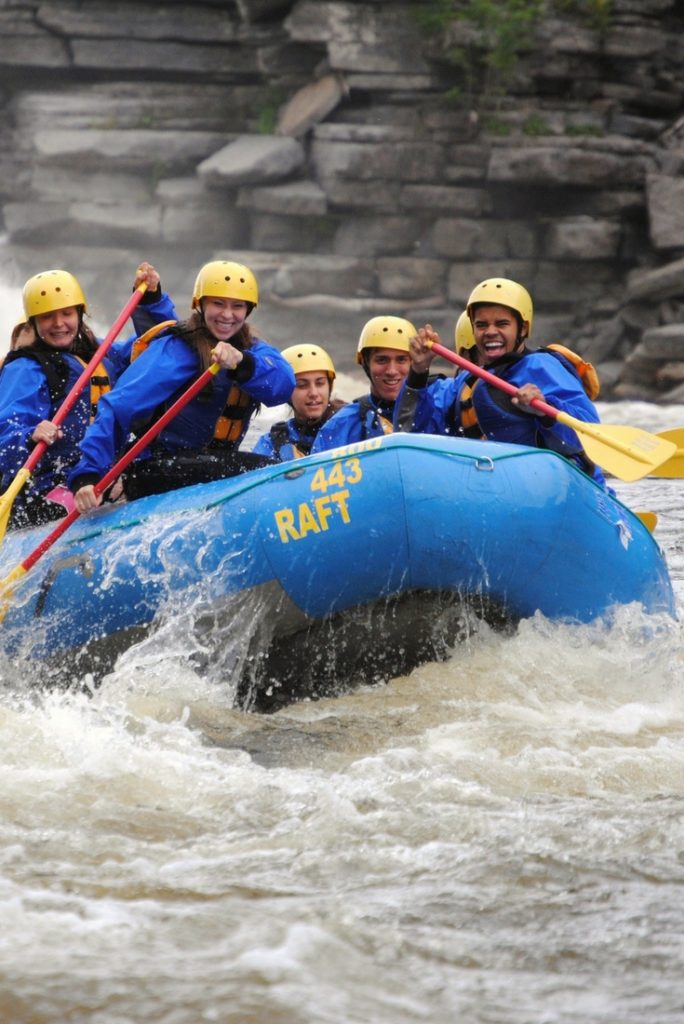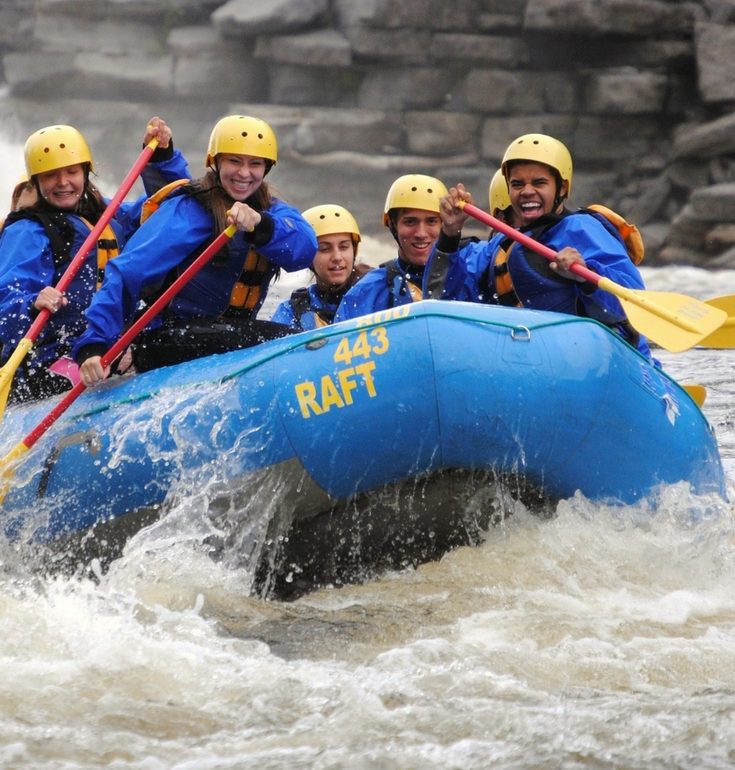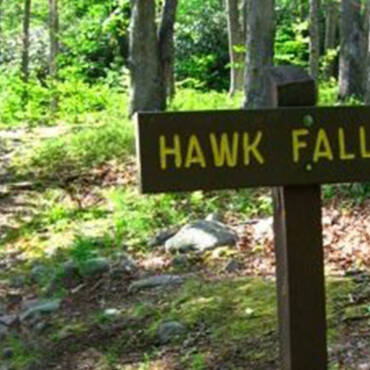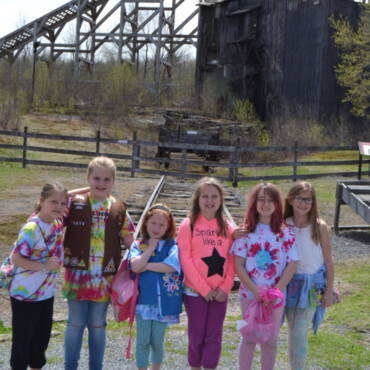If you have been thinking about going whitewater rafting or kayaking in the United States you have probably seen the terms Class I, II, III, IV and V. What exactly does this tell you? It’s a river classification rating system is a guideline for the difficulty of the river rapids. This does not rate how FUN a rapid is! Many Class III rapids are just as fun, if not more than a Class IV rapid. Much like rating storms or earthquakes based on their severity, river rapid classifications are in place for the safety of boaters.
The following is a brief description of each rapid classification:
- Class I rapids: Small waves and riffles with few obstacles. Any obstructions are obvious and easily avoidable.
- Class II rapids: Straightforward rapid with wide, clear channels that are evident without scouting. Occasional maneuvering may be required but rocks and medium-sized waves are easily missed by trained paddlers.
- Class III rapids: Moderate, irregular waves may be difficult to avoid. Complex maneuvers might be required through tight passages or around ledges. Large waves, strong eddies and powerful current effects can be present.
- Class IV rapids: Rapids are predictable, but powerful. Precise boat handling is required through turbulent water. Large unavoidable waves, holes, and constricted passages may be present. Fast maneuvers may be needed under pressure to avoid dangerous hazards.
- Class V rapids: Risks include extremely long, obstructed or violent rapids. Drops may contain large unavoidable waves or holes. Length of the rapids may require a high fitness level. Eddies that exist can be small or difficult to reach. Falling out the boat can be dangerous and rescue difficult.
- Class VI rapids: Almost never attempted, extremely difficult, unpredictable, and dangerous. Rescue may be impossible.
American Whitewater
 More information about river classifications is available at americanwhitewater.org. American Whitewater is a national non-profit organization with a mission “to conserve and restore America’s whitewater resources and to enhance opportunities to enjoy them safely.”
More information about river classifications is available at americanwhitewater.org. American Whitewater is a national non-profit organization with a mission “to conserve and restore America’s whitewater resources and to enhance opportunities to enjoy them safely.”
Each rapid has its own classification. For example, the Lehigh River in the Pocono Mountain Region of PA, as a Class I, II, and III river features rapids ranging from the mildest Class I to the intermediate level of a III. Rapid difficulty also depends on the trip. Premier Whitewater Trips are often run through the Lehigh River Gorge which contains rapids rated as Class I, II and Class III. Milder Family Style Trips on a different section of the Lehigh River are Class I and Class II.
Weathers Impact on Rapids
Weather conditions also affect the intensity of the rapids. Large amounts of precipitation can cause water levels to rise for several hours or even several days. Snow thawing in the spring time increases the water levels and makes for exciting spring rafting trips on the Hudson River or Black River in New York State where they get over a foot of snow each month in the winter time.
Whitewater Challengers offers rafting trips for any skill level. On our river trips there are rapids ranging from Class I to Class V. Call our river experts at 800-443-8554 for more information about the rivers and to discuss the best rafting trip for you.




Add Your Comment